The Evolution of Call of Duty: From WWII to Futuristic Warfare (2003-2025)
Explore the groundbreaking journey of the Call of Duty franchise from its WWII origins in 2003 to the futuristic battlefields of 2025. Discover how CoD has continuously innovated with new settings, gameplay mechanics, and record-breaking releases, maintaining its status as the world's leading first-person shooter series.
Evolution of the Call of Duty Series: 2003-2025
The journey of Call of Duty's iconic characters through battlefields has taken the franchise from World War II to modern conflicts and even future wars, constantly evolving from 2003 to the present. As one of the most popular first-person shooter franchises in video game history, Call of Duty has released new installments annually since 2003, setting industry trends and regularly breaking sales records. Initially focused on WWII, the series expanded to feature modern warfare, the Cold War, futuristic battles, and large-scale battle royales. Below is a chronological look at the core Call of Duty titles (excluding mobile spin-offs) from 2003 to 2025, highlighting each game's key innovations and milestones.
2003 - Call of Duty (PC)
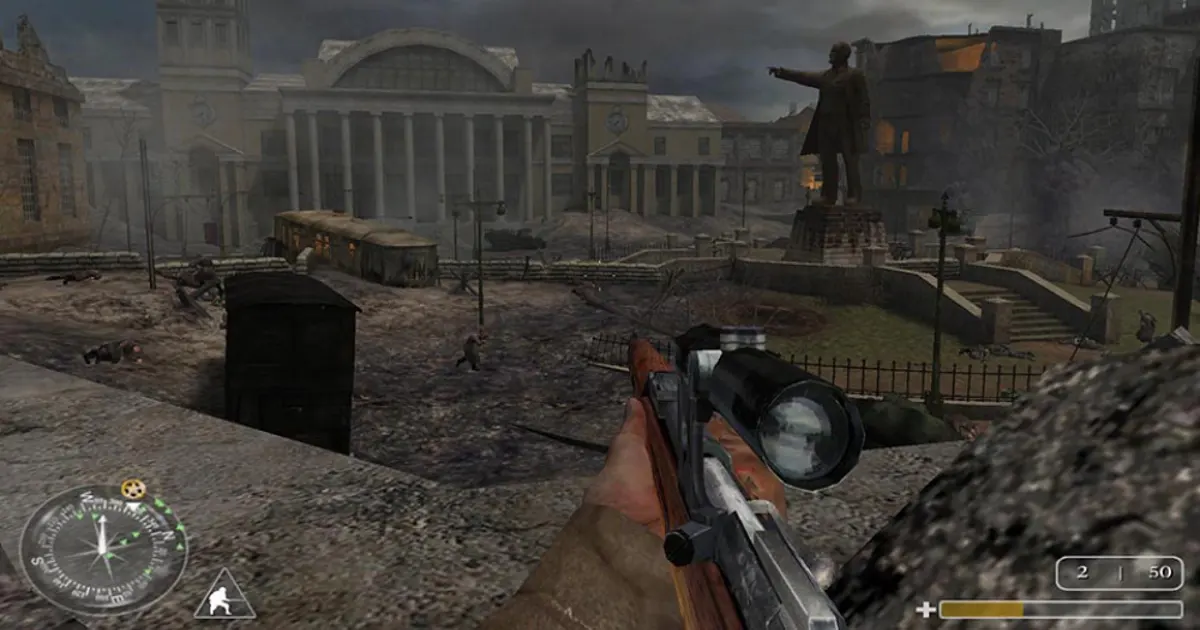
- Setting: World War II (US, British, and Soviet fronts)
- Key Features: Three separate campaigns, advanced cinematic storytelling, first multiplayer modes in the series (six game modes)
The original Call of Duty debuted on PC on October 29, 2003, instantly setting a high standard for military shooters. Unlike its contemporaries, it offered three narrative perspectives-American, British, and Soviet-letting players experience the war from different angles. The campaign was lauded for its cinematic presentation and grand set pieces, with the famous Stalingrad mission vividly depicting the horrors of war. After finishing the single-player story, players could dive into innovative multiplayer modes, a rarity for shooters at the time. Its massive success on PC laid the foundation for the entire franchise.
2005 - Call of Duty 2 (PC, Xbox 360)
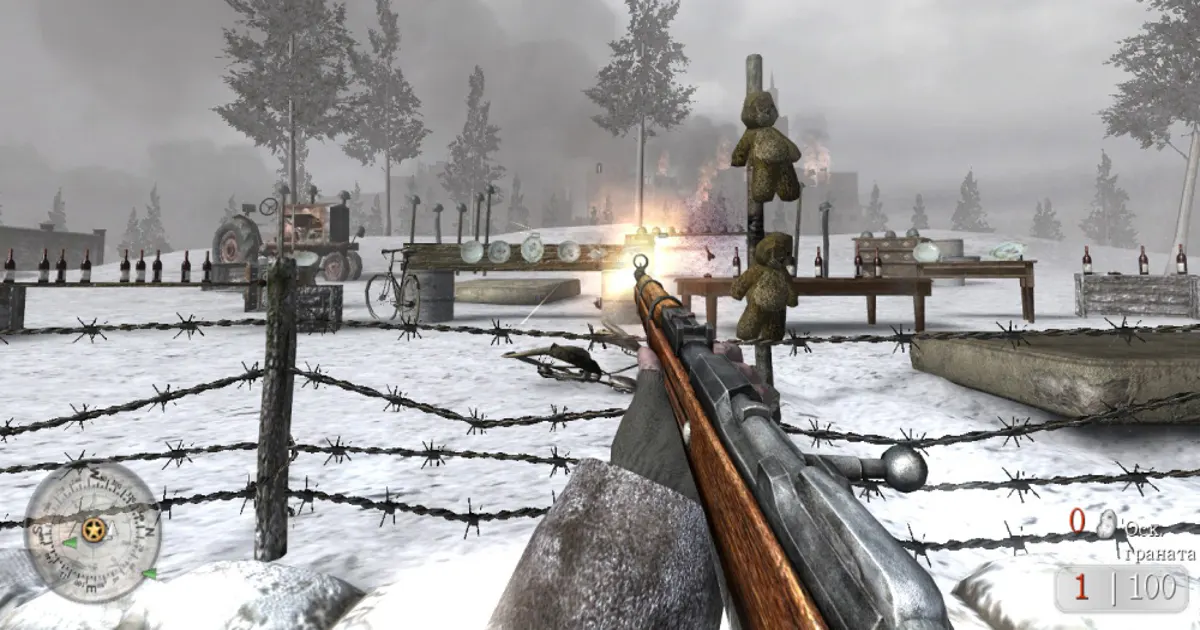
- Setting: World War II (North Africa, Europe)
- Key Features: New IW 2.0 engine with improved graphics, health regeneration replaces medkits, series' debut on consoles (Xbox 360)
Call of Duty 2, released on October 25, 2005, expanded on the original's formula with multiple WWII fronts, enhanced AI, and improved visuals via the IW 2.0 engine. A major gameplay innovation was health regeneration, a bold move that became a genre staple. As a launch title for Xbox 360, it sold a quarter of a million copies in its first day, convincing Activision to invest more in the booming console market. COD2 cemented Call of Duty's status as the leading military shooter of its era.
2006 - Call of Duty 3 (Consoles)
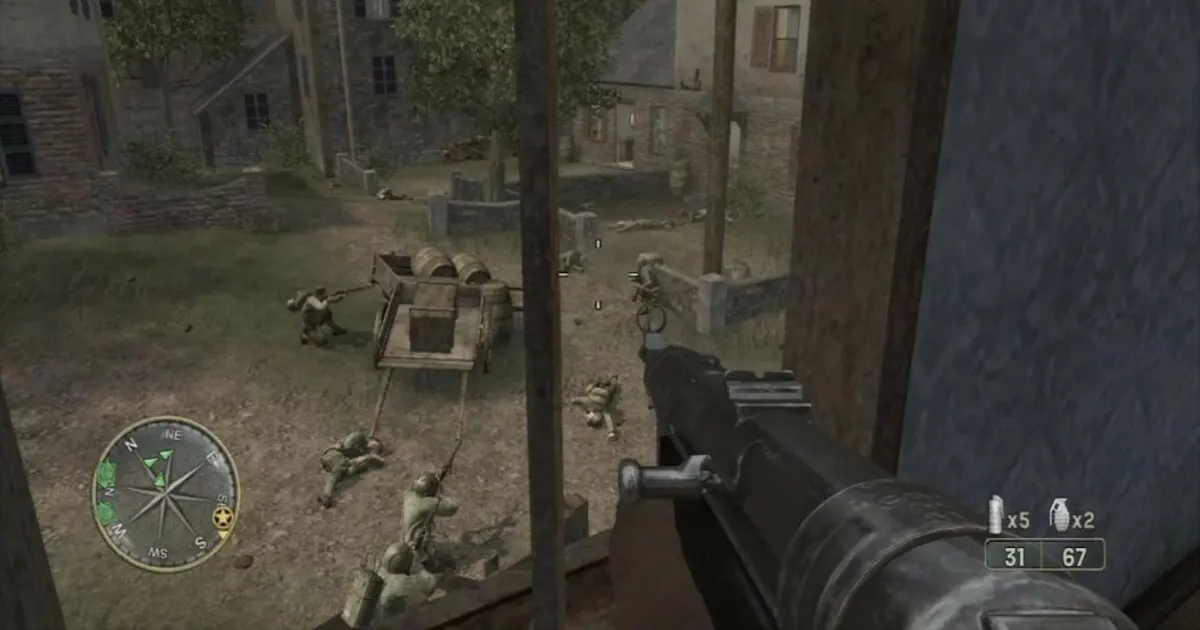
- Setting: World War II (Europe, Operation Cobra after D-Day)
- Key Features: Console-exclusive release, first major Treyarch-developed entry, cinematic cutscenes before missions
Launching exclusively on consoles on November 7, 2006, Call of Duty 3 continued the WWII theme but disappointed PC gamers as it skipped a PC release. With improved visuals and cutscenes before missions, the game delivered a more cinematic narrative. While not revolutionary in gameplay, it was a commercial success and established the now-standard practice of annual series releases with alternating developers.
2007 - Call of Duty 4: Modern Warfare (PC, PS3, Xbox 360)
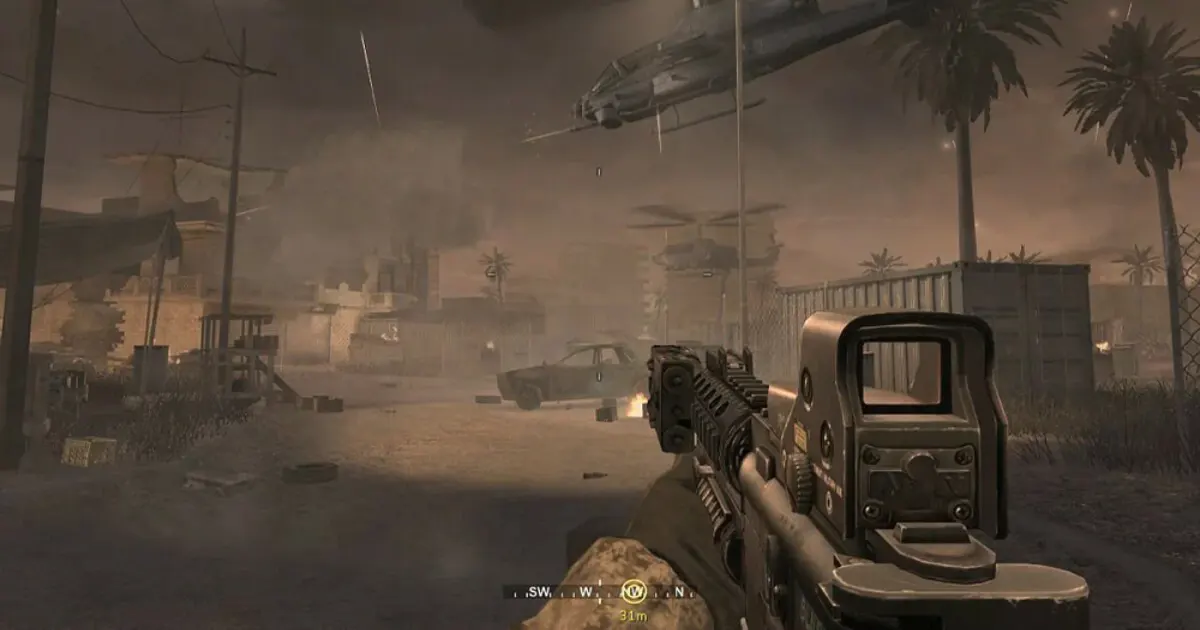
- Setting: Modern warfare (fictional conflicts in the Middle East and Eastern Europe)
- Key Features: Shift from WWII to modern era, introduction of iconic characters (Captain Price, Soap), revolutionary multiplayer with perks and Prestige system
November 2007's Call of Duty 4: Modern Warfare was a turning point, boldly shifting from WWII to contemporary conflicts and rebooting the franchise. Its gripping narrative, memorable characters, and Hollywood-style set pieces (including shocking moments like a nuclear explosion) set a new standard. The multiplayer revolutionized the genre with custom loadouts, unlockable perks, killstreak rewards, and the Prestige system. Modern Warfare became a cultural phenomenon, selling around 16 million copies and transforming Call of Duty into the epitome of cinematic military action.
2008 - Call of Duty: World at War (PC, PS3, Xbox 360, Wii)
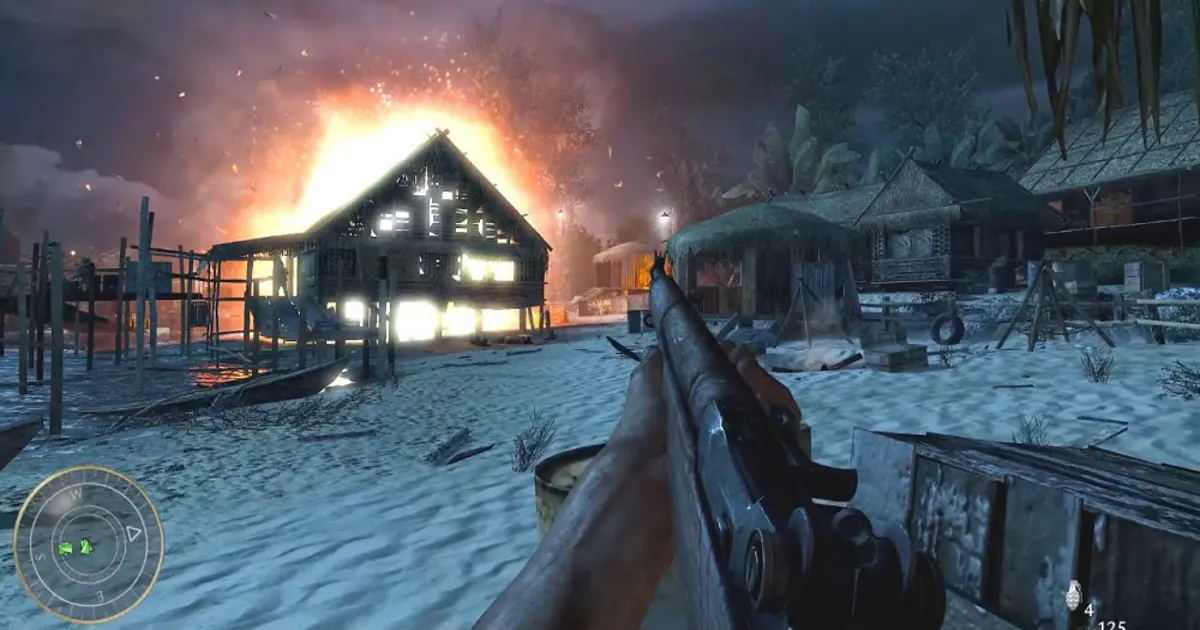
- Setting: World War II (Pacific Theater, Eastern Front - Berlin)
- Key Features: Darker tone, debut of Zombies mode, introduction of Viktor Reznov (later featured in Black Ops)
Returning to WWII with a grittier tone, Treyarch's World at War (November 2008) featured brutal Pacific and Eastern Front battles. It introduced Viktor Reznov, whose story continued in Black Ops, and the now-legendary Nazi Zombies mode-a cooperative survival experience that became a series staple. World at War sold around 15 million copies, proving renewed interest in WWII when approached with a fresh perspective.
2009 - Call of Duty: Modern Warfare 2 (PC, PS3, Xbox 360)
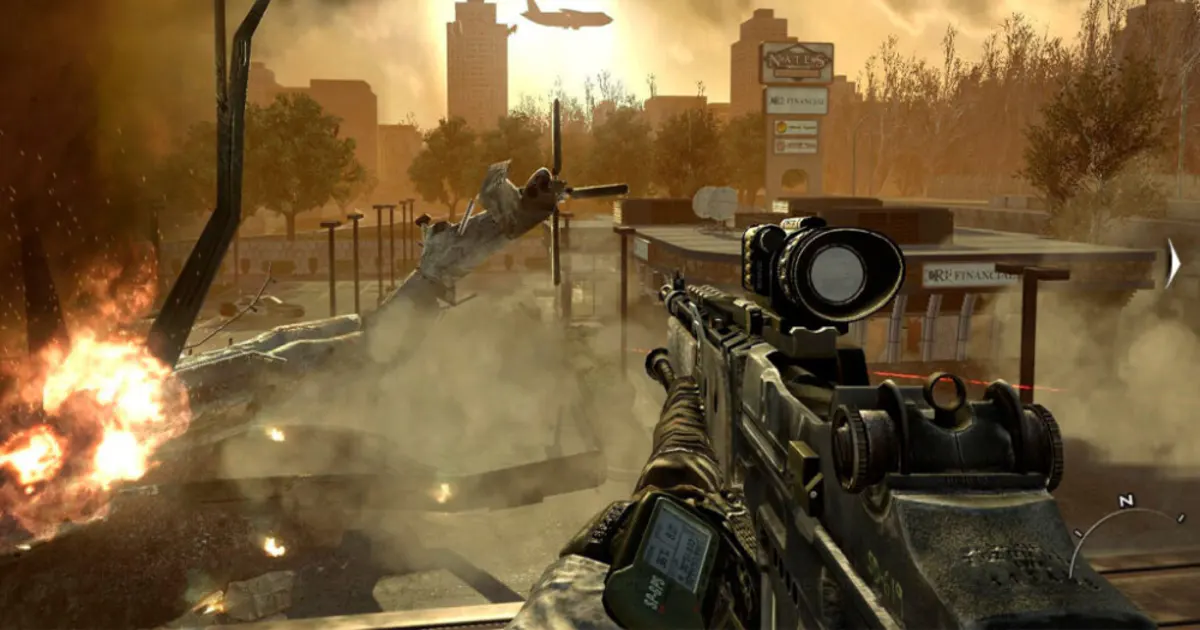
- Setting: Modern fictional conflict, direct sequel to MW1
- Key Features: Continuation of Task Force 141's story, infamous "No Russian" mission, record-breaking sales (~25 million)
Infinity Ward's Modern Warfare 2 (November 2009) made Call of Duty a media juggernaut. It continued the saga of Task Force 141 and became infamous for the "No Russian" airport mission, sparking controversy and massive media attention. The campaign delivered relentless action, and multiplayer expanded with more weapons, perks, and improved progression. Over 25 million copies sold, securing Call of Duty's status as the industry's biggest annual release.
2010 - Call of Duty: Black Ops (PC, PS3, Xbox 360)
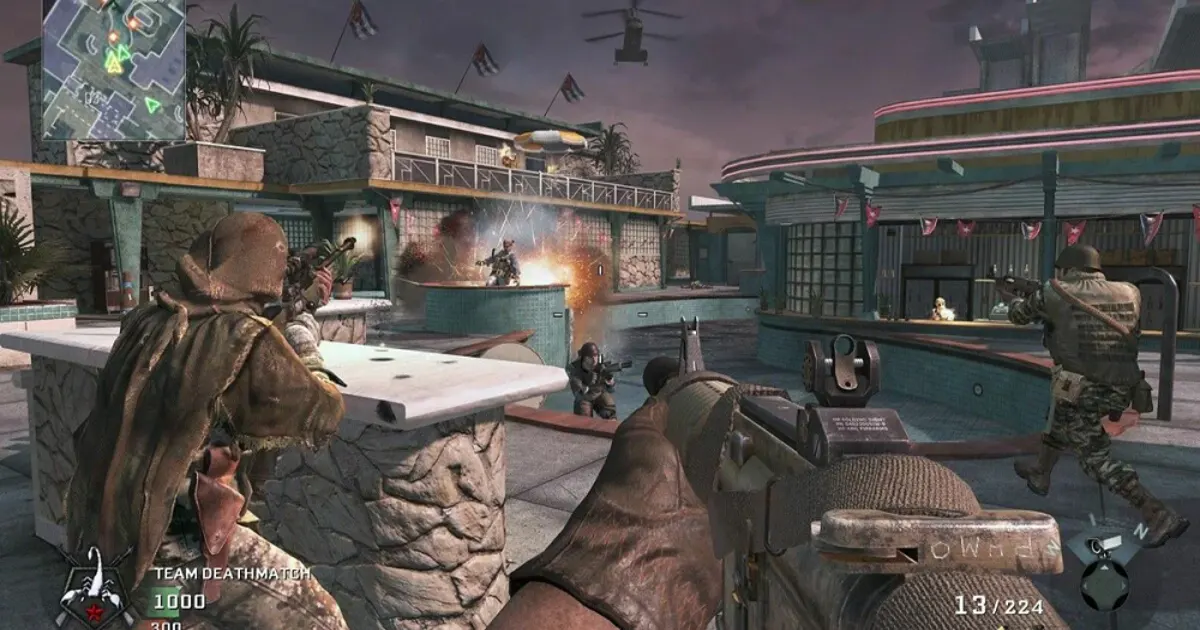
- Setting: Cold War (1960s: Vietnam, USSR, USA)
- Key Features: Conspiracy-filled spy thriller, iconic characters (Alex Mason, Frank Woods, Viktor Reznov), expanded Zombies mode
Treyarch's Black Ops (2010) launched a new sub-series set during the Cold War. Centered on brainwashed operative Alex Mason, the narrative blended reality and hallucination, introducing fan-favorite characters and deepening the franchise's storytelling. Zombies mode expanded with new maps and an ongoing storyline. Black Ops broke franchise sales records (over 30 million copies) and laid the groundwork for Call of Duty's eSports scene.
2011 - Call of Duty: Modern Warfare 3 (PC, PS3, Xbox 360, Wii)
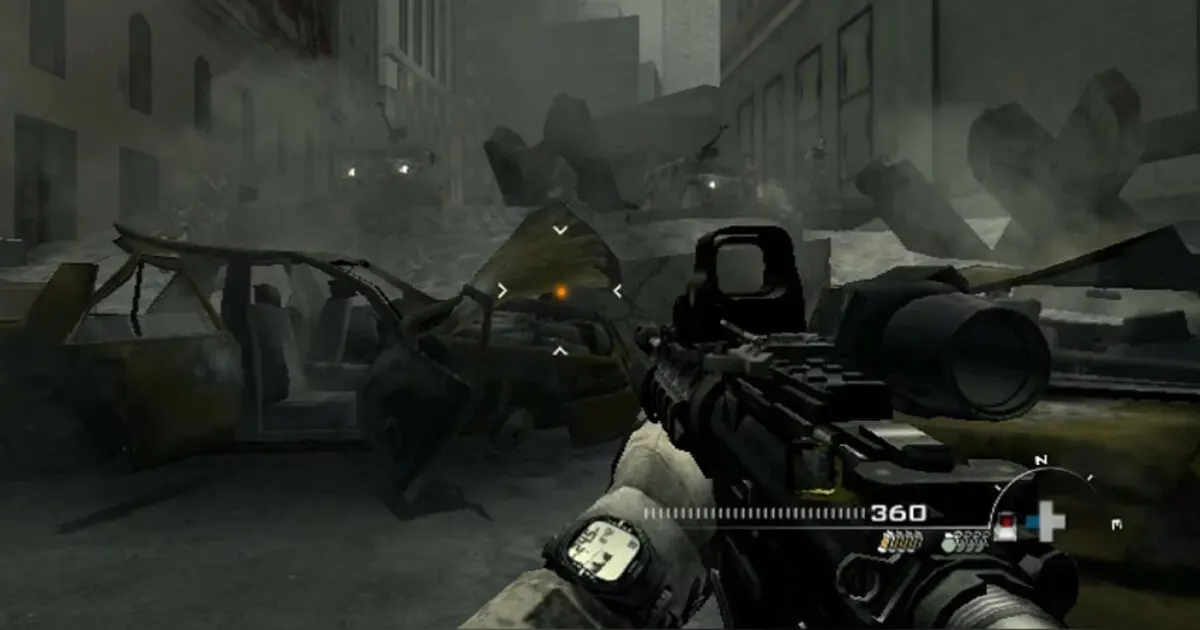
- Setting: Modern global warfare, conclusion of the MW storyline
- Key Features: Epic finale with the death of key characters, largest multiplayer offering to date, ~30 million copies sold
Modern Warfare 3 (November 2011) concluded the MW trilogy with dramatic world-spanning conflict and emotional character arcs. The multiplayer suite was the series' most robust yet, and the game's massive commercial success solidified Call of Duty's dominance in the shooter genre.
2012 - Call of Duty: Black Ops II (PC, PS3, Xbox 360, Wii U)
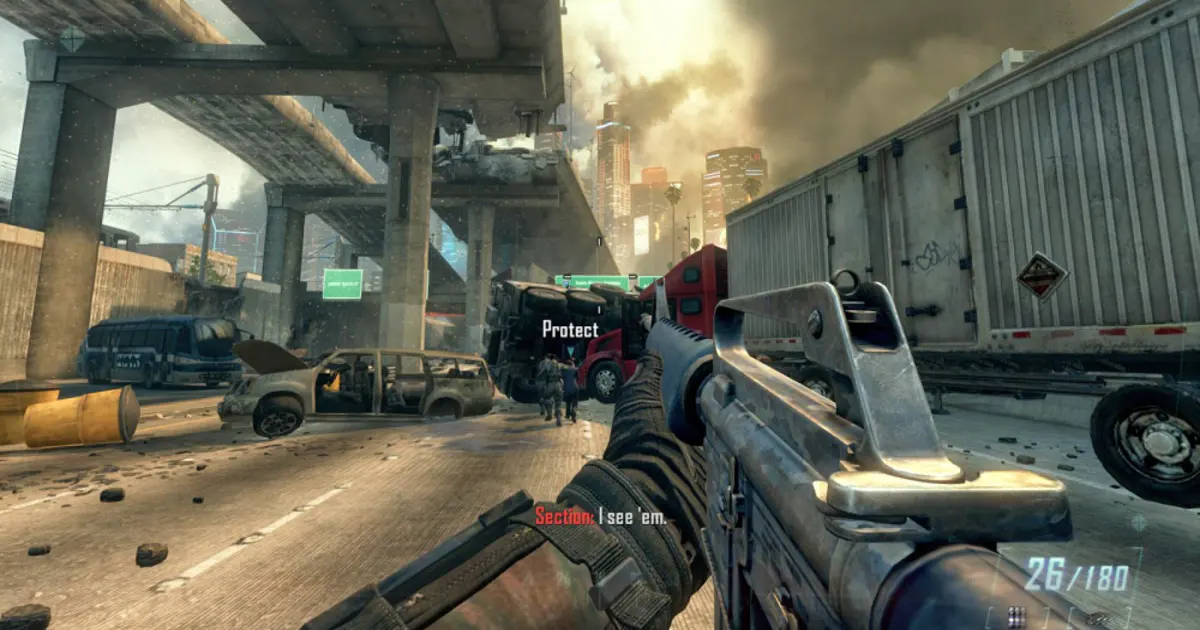
- Setting: Cold War (1980s) and near future (2025), dual timelines
- Key Features: Branching narrative with multiple endings, new villain Raul Menendez, enhanced eSports multiplayer
Black Ops II (2012) experimented with dual timelines and non-linear storytelling. Players' choices influenced the outcome, adding depth and replayability. Multiplayer focused on competitive play, introducing League Play and the flexible Pick 10 system. With around 31 million copies sold, many fans and critics still consider it one of the best in the series.
2013 - Call of Duty: Ghosts (PC, PS3/PS4, Xbox 360/One)
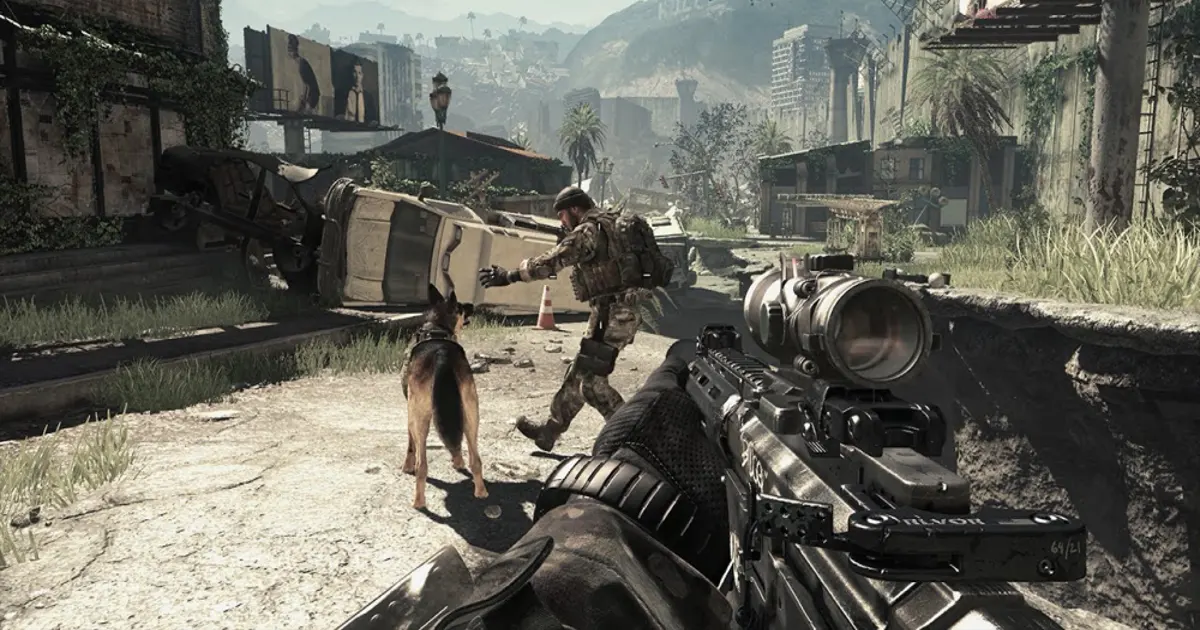
- Setting: Alternate present, local conflict in post-catastrophe USA
- Key Features: New universe with post-apocalyptic tone, military dog companion (Riley), cliffhanger ending with no sequel
Infinity Ward's Ghosts (2013) introduced a new universe, presenting a darker take on modern warfare with dynamic maps and a canine companion. Despite strong sales (~29 million), the lack of innovation and an unresolved ending left fans wanting. The series soon pivoted toward futuristic experiments.
2014 - Call of Duty: Advanced Warfare (PC, PS3/PS4, Xbox 360/One)
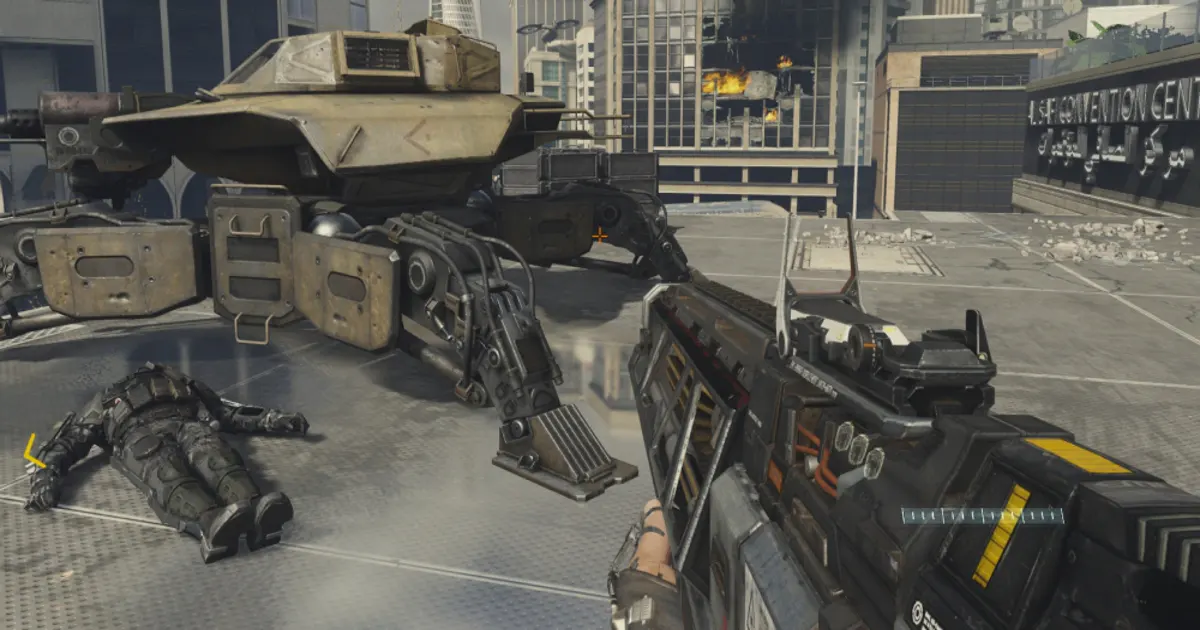
- Setting: Near-future (2054), private military corporation warfare
- Key Features: Exosuits with jetpack movement, cinematic villain (portrayed by Kevin Spacey), debut Sledgehammer Games entry
Advanced Warfare (November 2014), Sledgehammer Games' first full mainline entry, brought exoskeletons for enhanced mobility and vertical combat, starting the "jetpack era" for Call of Duty. The story revolved around a charismatic villain and private military conflict. Despite controversy among traditionalists, it was a commercial hit (over 21 million copies) and opened a new chapter for the franchise.
2015 - Call of Duty: Black Ops III (PC, PS4, Xbox One)
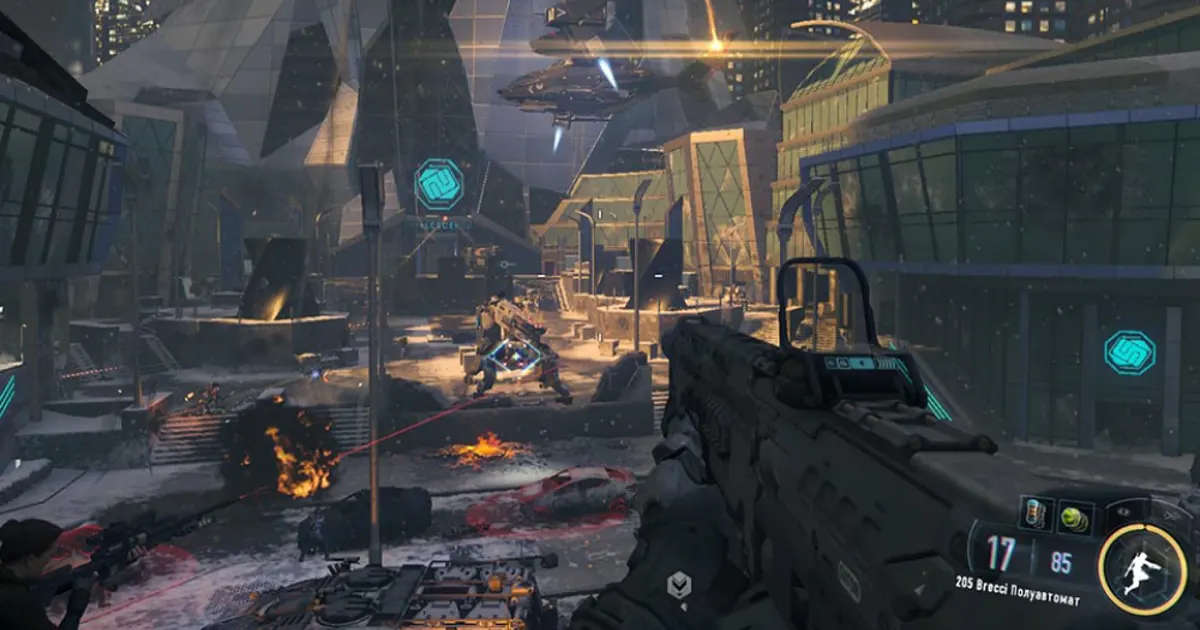
- Setting: Cyberpunk future (2065), neural-enhanced soldiers
- Key Features: Cybernetic abilities, surreal narrative, multiplayer Specialists with unique powers
Black Ops III (November 2015) pushed the series further into the future with neural implants and virtual realities. The complex, mind-bending campaign explored the loss of humanity, while multiplayer introduced nine unique Specialists with distinct abilities. Exo-movement and a rich Zombies narrative contributed to its success (~26.7 million copies), proving fans' loyalty to bold experiments.
2016 - Call of Duty: Infinite Warfare (PC, PS4, Xbox One)
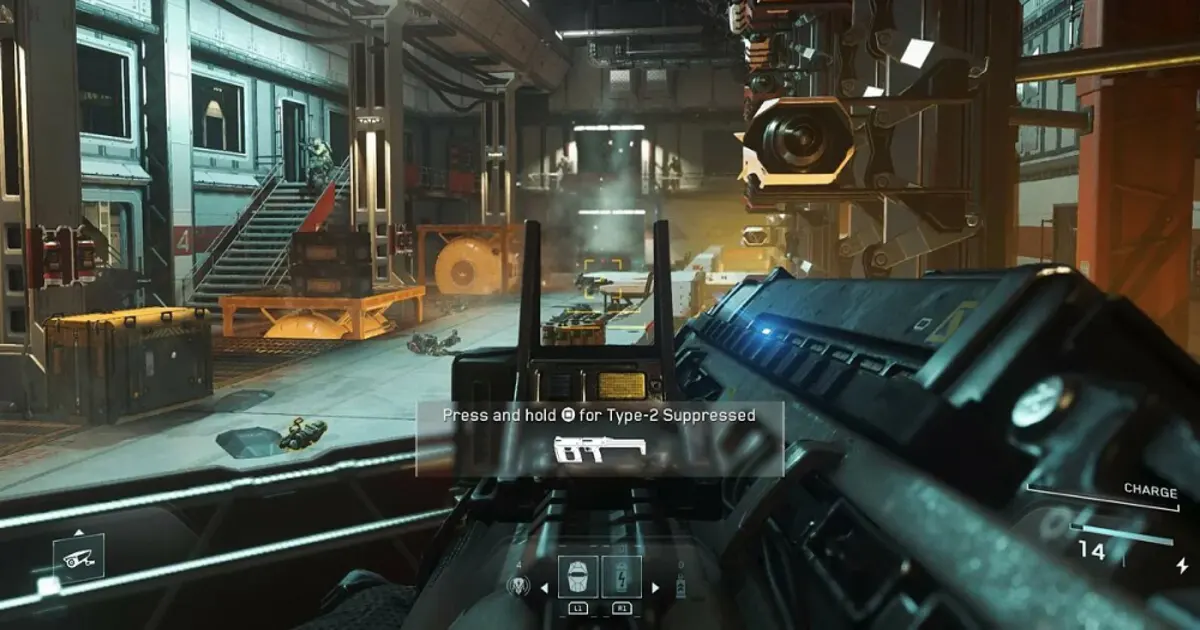
- Setting: Distant future, space warfare in the Solar System
- Key Features: Space combat, conclusion of "jetpack era", villain played by Kit Harington
Infinite Warfare (2016) took Call of Duty into space, featuring zero-gravity battles and spacecraft dogfights. Despite impressive visuals and new ideas, audience fatigue with futuristic settings led to lower sales (~13.6 million). The release included a remaster of COD4 for nostalgic fans. Community feedback signaled it was time to return to the franchise's roots.
2017 - Call of Duty: WWII (PC, PS4, Xbox One)
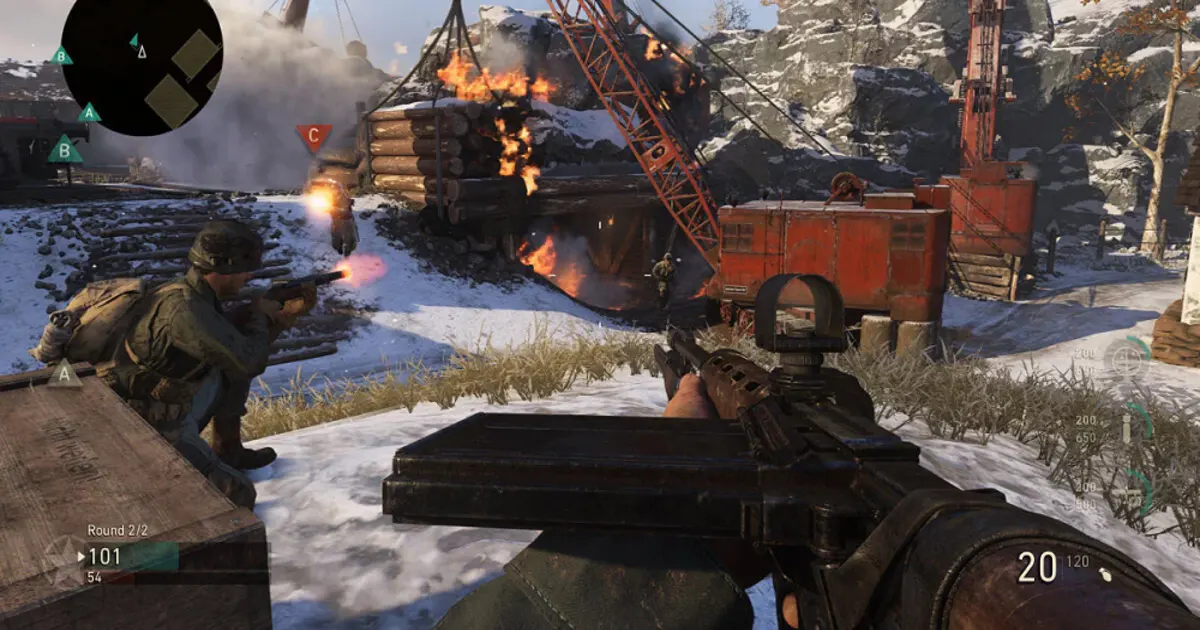
- Setting: World War II (Europe, 1944-1945)
- Key Features: "Boots on the ground" gameplay, focus on brotherhood, classic multiplayer with narrative-driven "War" mode
Responding to fan demand, Sledgehammer's WWII (November 2017) returned to authentic 1940s infantry combat. The campaign emphasized camaraderie and survival, while multiplayer abandoned futuristic gadgets for classic gameplay. With around 20 million copies sold, it was warmly received by those nostalgic for earlier Call of Duty titles.
2018 - Call of Duty: Black Ops 4 (PC, PS4, Xbox One)
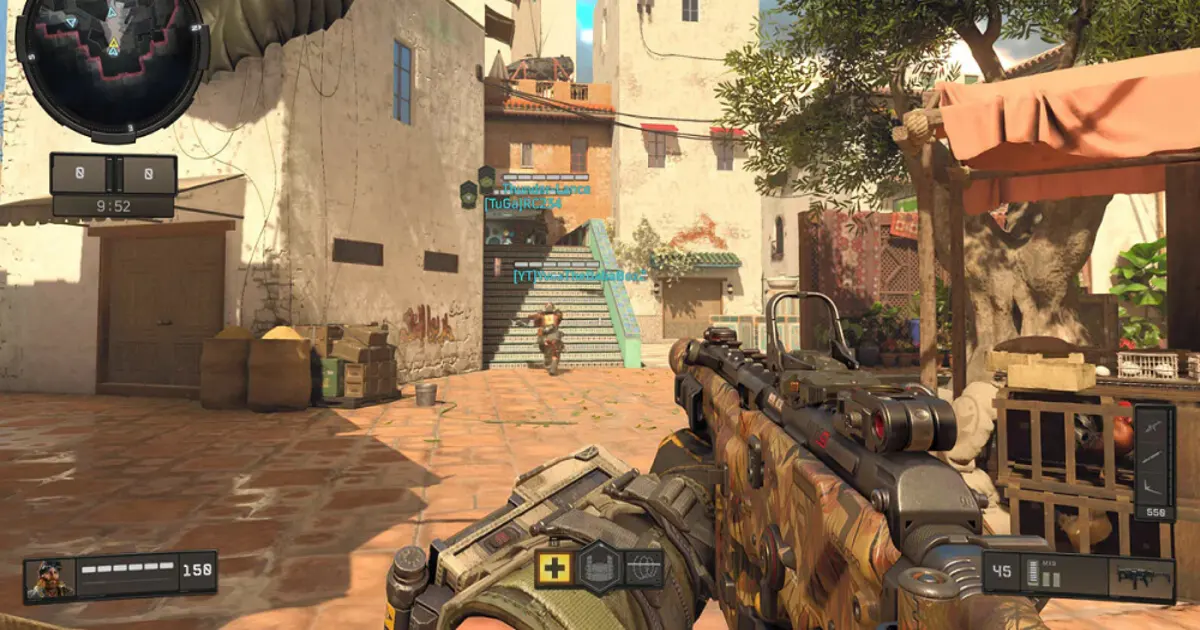
- Setting: Near-future (2040s), Black Ops universe, no single-player campaign
- Key Features: First main entry without a single-player campaign, focus on multiplayer and co-op (expanded Zombies), debut of Battle Royale mode "Blackout"
October 2018's Black Ops 4 was Treyarch's bold experiment-no traditional campaign, with content centered on multiplayer. The debut of "Blackout" marked Call of Duty's entry into the Battle Royale genre, blending a massive map with signature gunplay. Expanded Zombies launched with multiple storylines. Despite some discontent over the lack of single-player, the game was a commercial success (~14 million copies), confirming the shift toward multiplayer as the series' main focus.
2019 - Call of Duty: Modern Warfare (Reboot) (PC, PS4, Xbox One)
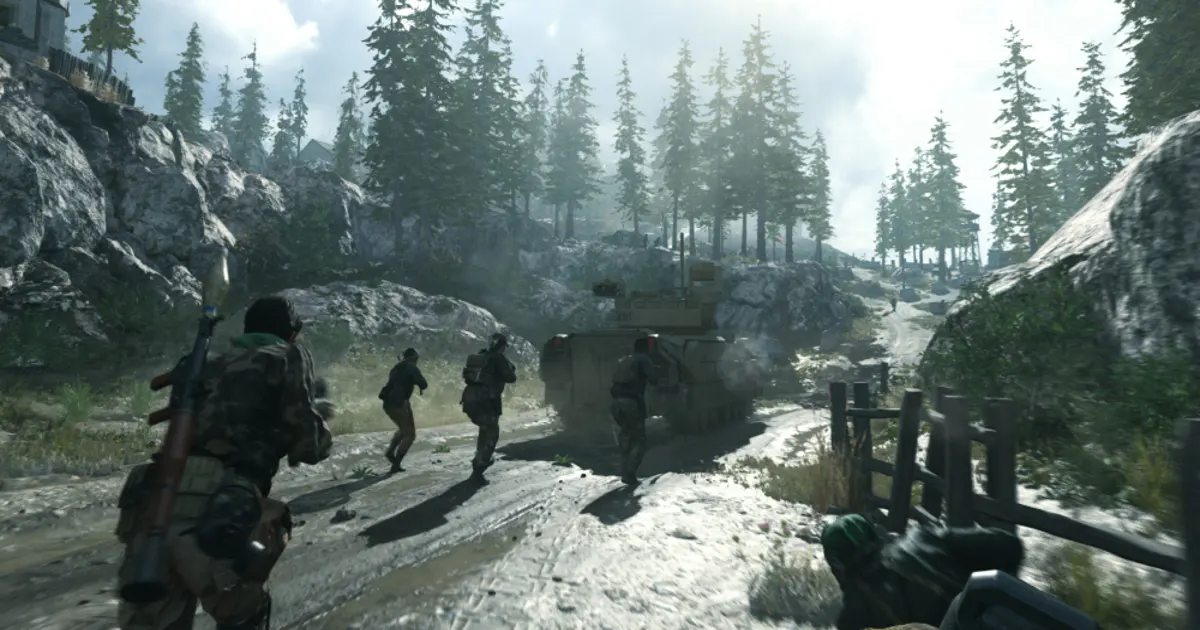
- Setting: Modern day (rebooted Modern Warfare universe, 2019 events)
- Key Features: Soft reboot with returning characters, new engine, crossplay, free post-launch content, gritty and realistic campaign
Infinity Ward's 2019 reboot reimagined Modern Warfare, featuring a new story with Captain Price and a contemporary, morally complex campaign. The technical leap included a new engine with stunning realism and the introduction of crossplay. The DLC model shifted to free content for all, with monetization through battle passes and cosmetics. Multiplayer returned to tactical, boots-on-the-ground combat, and the game's success (30+ million copies) set a new benchmark for the series' future direction.
2020 - Call of Duty: Warzone (PC, PS4/PS5, Xbox One/Series X|S)
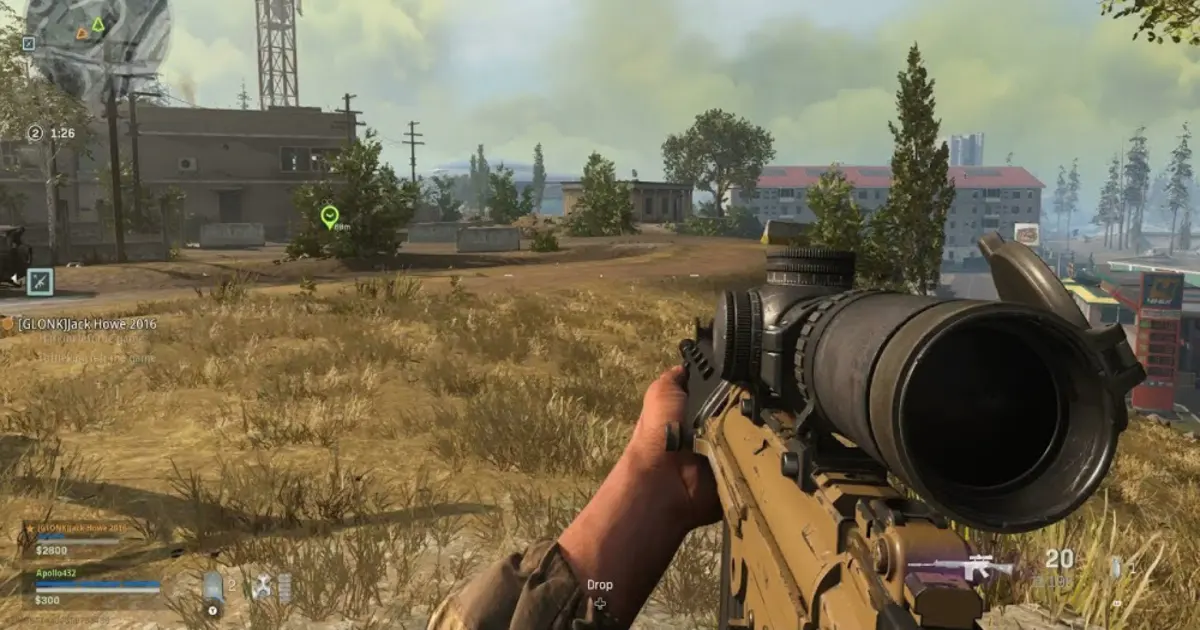
- Setting: Modern (standalone Battle Royale, various franchise map settings)
- Key Features: Free-to-play Battle Royale (up to 150 players), cross-title integration, innovative mechanics (Gulag), 100+ million players in first year
Launched March 10, 2020, Warzone became a global phenomenon, offering free-to-play Battle Royale action on a huge map with up to 150 players. Unique mechanics like the Gulag gave eliminated players a chance to fight their way back. Integrated with MW2019, Cold War, and Vanguard, Warzone attracted over 100 million players in its first year and became the franchise's multiplayer hub.
2020 - Call of Duty: Black Ops Cold War (PC, PS4/PS5, Xbox One/Series)
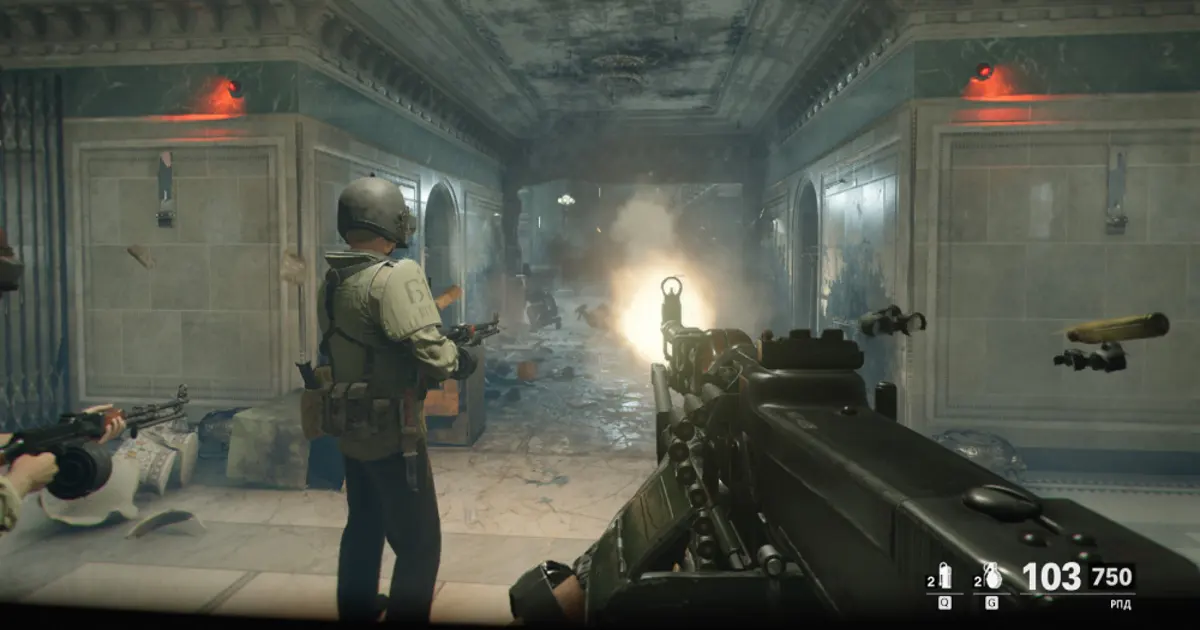
- Setting: Height of the Cold War, 1981 (direct sequel to Black Ops 1)
- Key Features: Return of classic characters (Mason, Woods, Hudson), interactive campaign with choices, integration with Warzone
Black Ops Cold War (November 2020) was a direct sequel to the original Black Ops, set in 1981. The campaign featured old and new characters, branching choices, and multiple endings. Multiplayer and Zombies were tightly integrated with Warzone, ensuring cross-progression and a unified experience. The game was a commercial hit, combining nostalgia with modern online features.
2021 - Call of Duty: Vanguard (PC, PS4/PS5, Xbox One/Series)
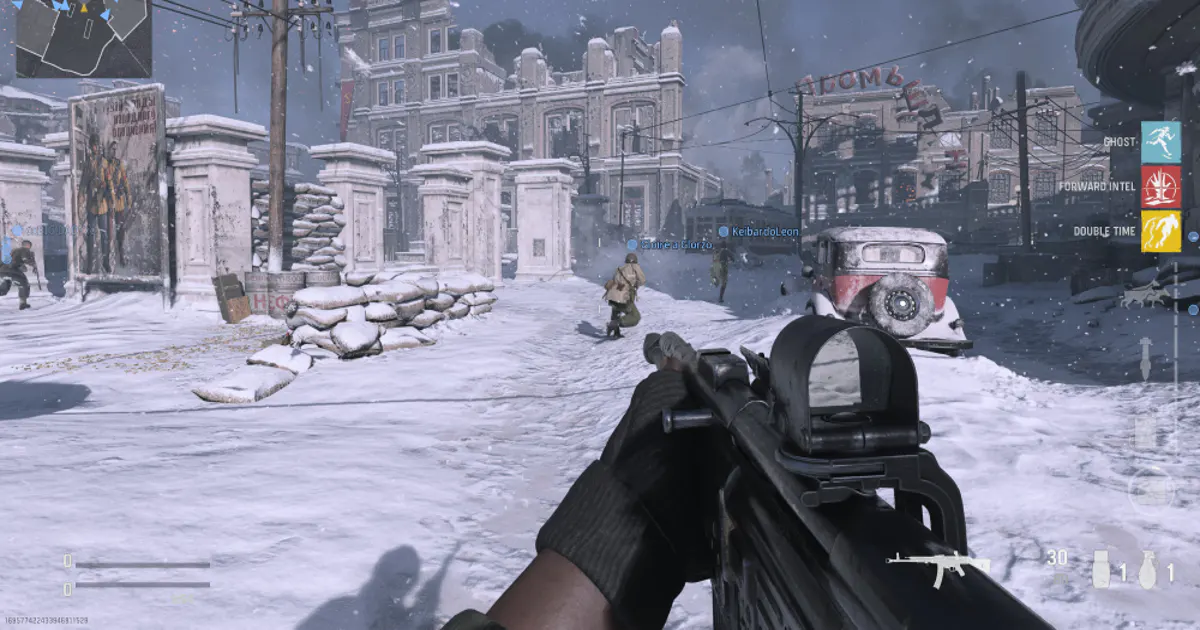
- Setting: World War II (alternate operations 1941-1945, special forces origin)
- Key Features: Diverse international squad, origin of "Vanguard" team, Warzone integration with new Caldera map
Vanguard (November 2021) revisited WWII through a new lens, focusing on the origins of an international special ops team. Featuring heroes from multiple allied nations, its campaign and multiplayer received mixed reviews, and sales fell short of Activision's expectations. Nonetheless, it maintained the annual release rhythm and introduced the Caldera map to Warzone.
2022 - Call of Duty: Modern Warfare II (PC, PS4/PS5, Xbox One/Series)
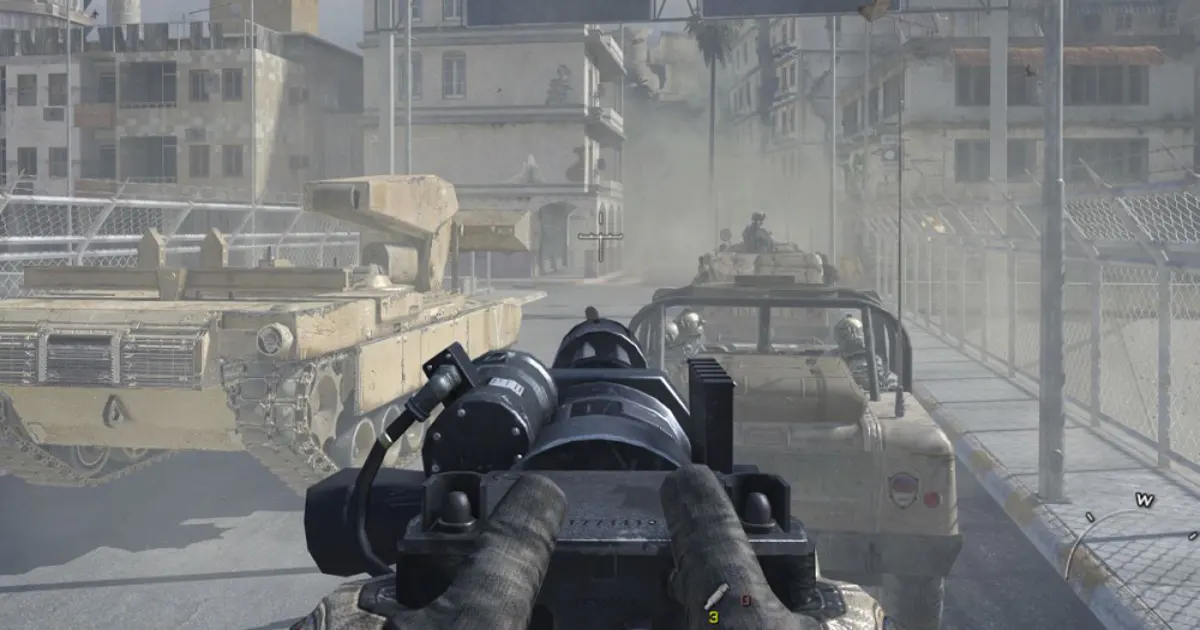
- Setting: Modern (sequel to MW2019, set in 2022)
- Key Features: Return of Task Force 141, Gunsmith 2.0, improved AI in Spec Ops, Warzone 2 integration, record-breaking $1 billion revenue in 10 days
Released October 28, 2022, Modern Warfare II continued the story of Task Force 141, featuring beloved characters and a variety of cinematic missions. Gunsmith 2.0 expanded weapon customization, and Spec Ops returned with improved AI. The game's launch broke franchise records, generating $1 billion in just 10 days, and laid the foundation for Warzone 2.0.
2022 - Call of Duty: Warzone 2.0 (PC, PS4/PS5, Xbox One/Series)
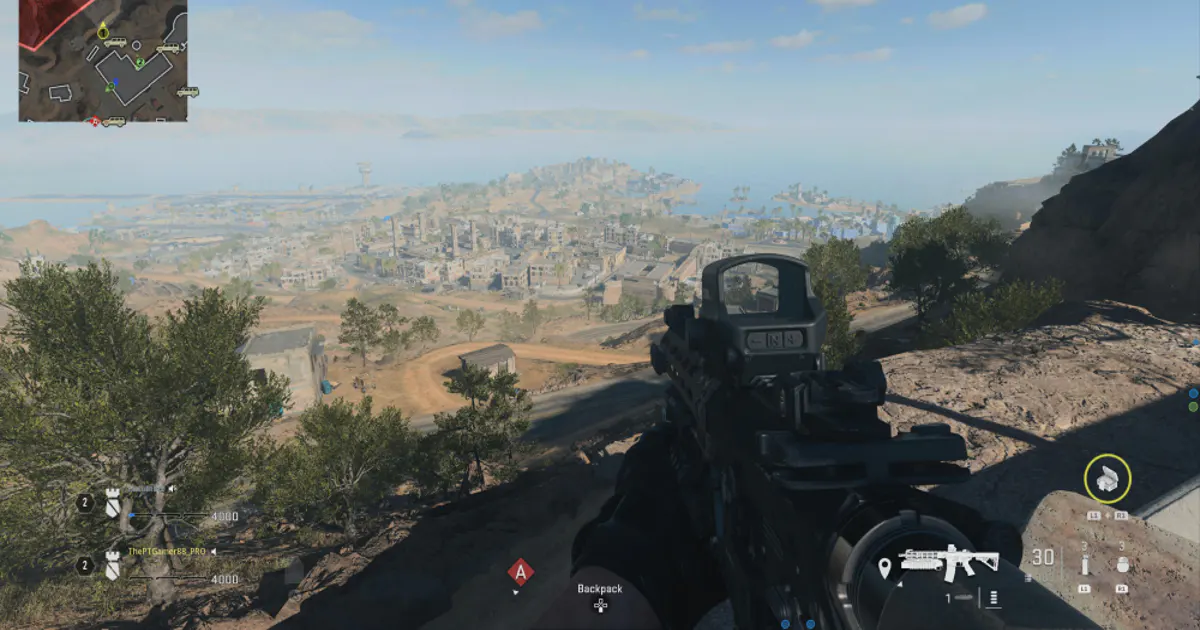
- Setting: Modern (new Al Mazrah map, fictional Middle East)
- Key Features: Major Warzone overhaul with new map, revamped mechanics, DMZ extraction mode inspired by Escape from Tarkov
Launching November 16, 2022, Warzone 2.0 brought the Al Mazrah map and significant gameplay changes, including a new loot system and the DMZ extraction mode. Closely tied to MWII, it continued to evolve with additional maps, modes, and integration with future releases, maintaining Warzone's dominance in the Battle Royale genre.
2023 - Call of Duty: Modern Warfare III (PC, PS4/PS5, Xbox One/Series)

- Setting: Modern day (sequel to MWII 2022, conflict with Makarov)
- Key Features: Return of villain Makarov, all MWII'22 maps available at launch, first Zombies mode in MW sub-series
The 2023 release of Modern Warfare III concluded the rebooted trilogy, bringing back the infamous villain Makarov. All MWII (2022) maps were available at launch, making for the largest multiplayer offering to date. The game also introduced a Zombies mode to the MW universe, combining the best of the previous reboots and delivering a content-rich experience.
2024 - Call of Duty: Black Ops 6 (PC, PS5/PS4, Xbox Series/One)
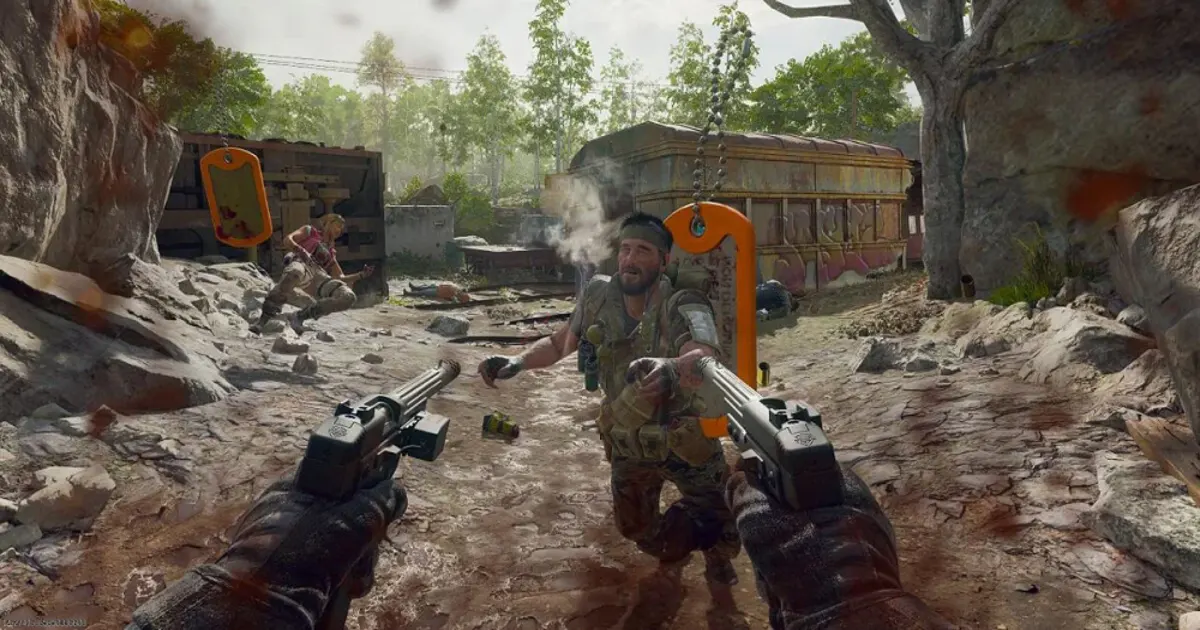
- Setting: Early 1990s, Gulf War (Operation Desert Storm, 1991)
- Key Features: Treyarch returns with a new Black Ops campaign set during the Gulf War, iconic characters (Frank Woods, Russell Adler), real-life figures (Saddam Hussein), omnimovement mechanics, classic Prestige system, traditional round-based Zombies
Released on October 25, 2024, Black Ops 6 marked Treyarch's return to real historical events, focusing on Operation Desert Storm in the Gulf War. Legendary veteran Frank Woods and new CIA operative Troy Marshall lead the fight against the shadowy Pantheon organization. Innovative omnimovement mechanics and the return of the classic Prestige system refreshed multiplayer, while round-based Zombies delighted long-time fans. Black Ops 6 received critical acclaim and achieved the biggest launch weekend revenue in franchise history.
2025 - Call of Duty: Black Ops 7 (PC, PS5/PS4, Xbox Series/One) - Announced
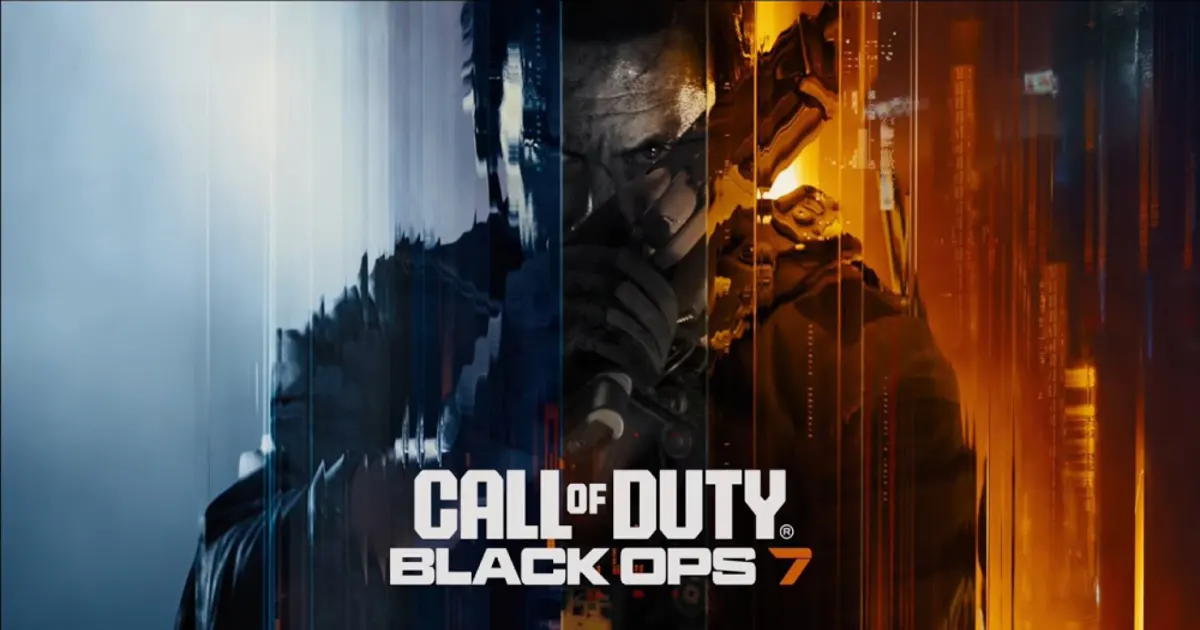
- Setting: Future (2035), continuation of the Black Ops 2 and Black Ops 6 storylines
- Key Features (preliminary): David Mason returns as protagonist, new antagonist organization "Guild" led by Emma Kagan, full campaign with co-op, integrated multiplayer, Zombies, and Warzone content in one release, rumored generative AI technology
At the June 2025 Xbox Showcase, Activision teased Black Ops 7, the direct continuation of BO6 and the Black Ops saga, set in 2035. David Mason returns to battle the new "Guild" organization, and for the first time, campaign co-op returns. The game is expected to leverage generative AI for smarter enemies and dynamic maps. Scheduled for release on November 14, 2025, Black Ops 7 aims to usher in a new era by uniting campaign, multiplayer, Zombies, and Warzone in a single package.
Conclusion
From 2003 to 2025, the Call of Duty series has charted an impressive course, evolving from intimate WWII missions to global and even virtual battlegrounds of the future. Over two decades, CoD has continually innovated-introducing mechanics like Prestige, exosuits, Battle Royale, and crossplay-while shifting settings and tones but always remaining a leader in the first-person shooter genre. Each generation of players has found something to love, be it nostalgia for historical battles, thrilling modern blockbusters, or the competitive spirit of multiplayer. Despite ups and downs, the franchise's flexibility and willingness to adapt have kept it at the top for over 20 years. The future promises new challenges-integrating innovations like AI and meeting the expectations of an ever-savvier audience-but looking back, it's clear that Call of Duty has earned its place in gaming history and continues to set the benchmark for military action games.